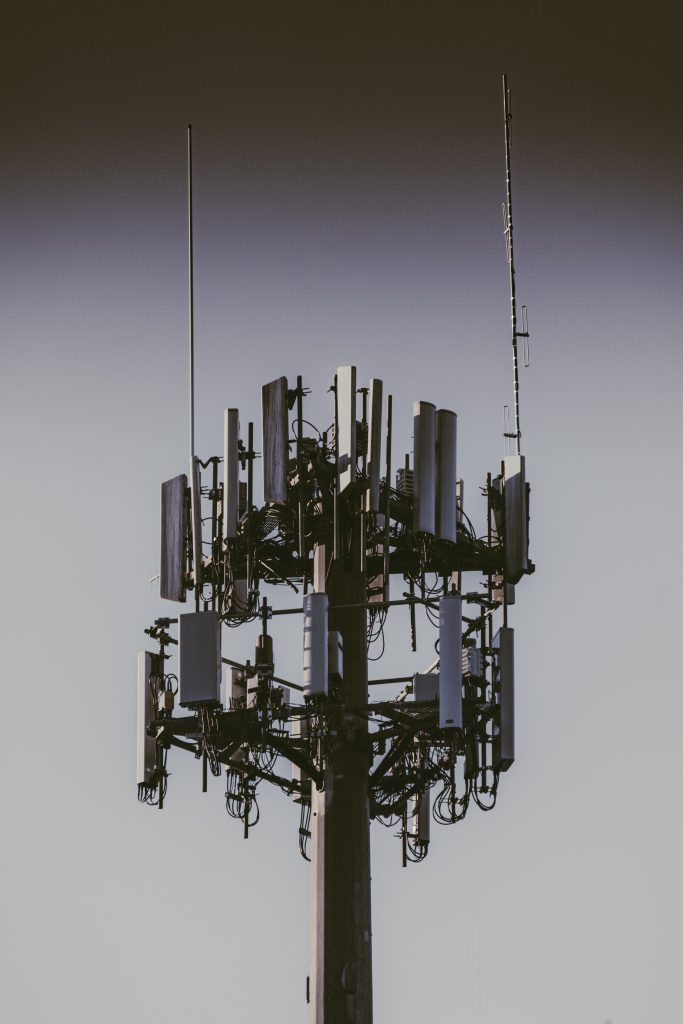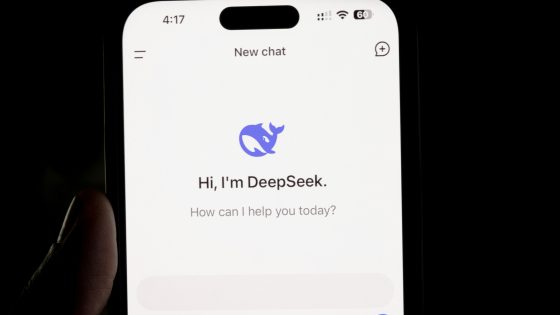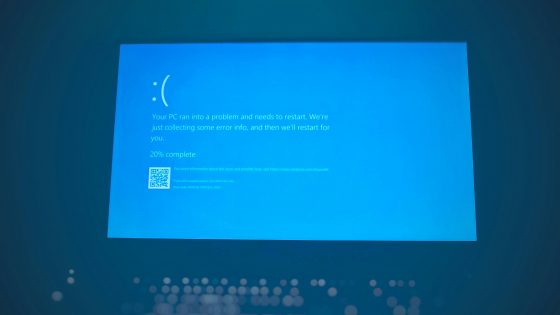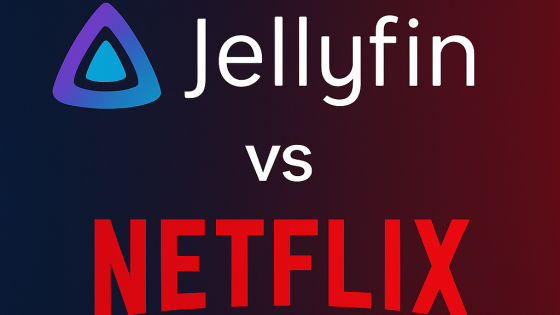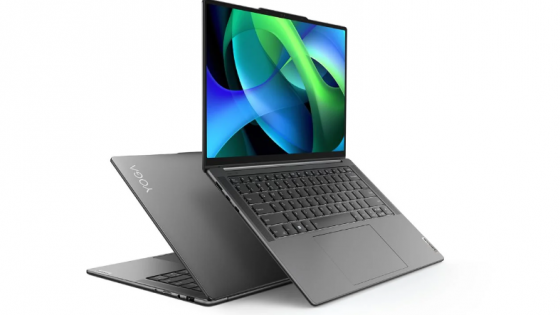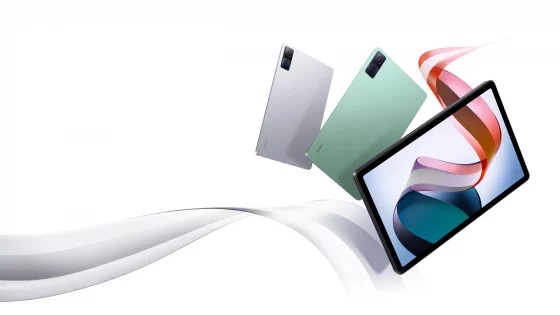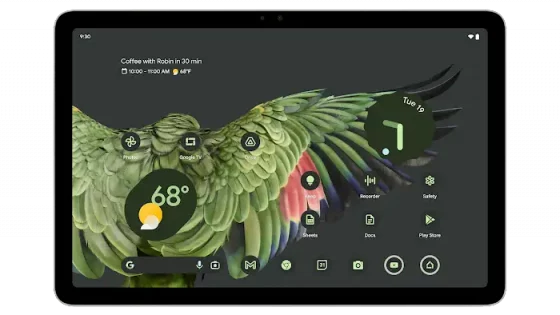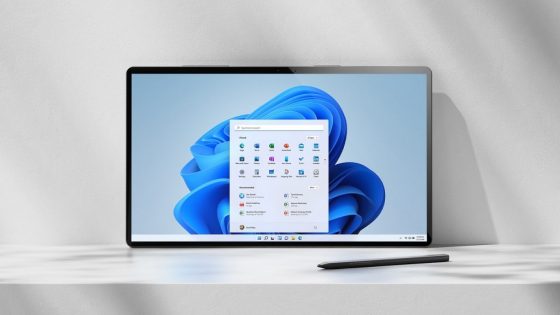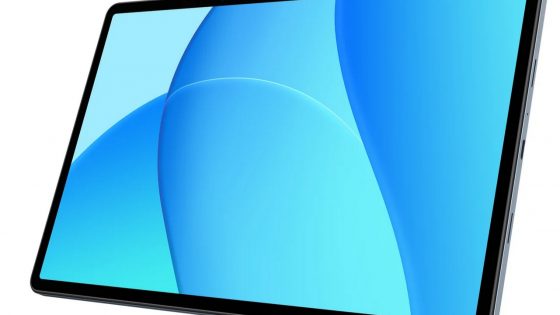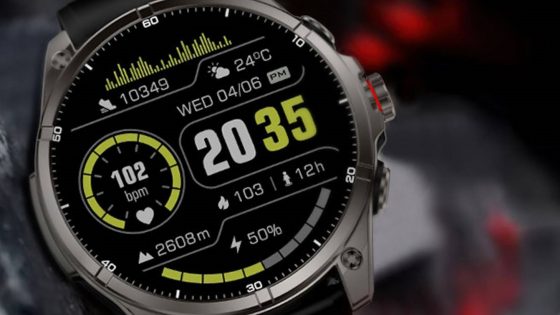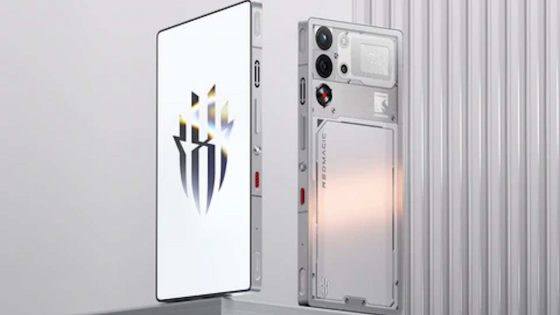What is Vo5G and how does it differ from existing VoLTE?

We are just discovering the potential of the 5G network. In Slovenia, we are slowly and steadily progressing with the coverage and consequently also with the reliability of the 5G network, but it will be necessary to wait another year or so before the technology is at the same level as the previous generation network provides us. The good news is that the number of 5G supported phones is constantly increasing, which encourages operators to spread the 5G signal faster.
Smartphones are constantly getting new features that mimic the features of some other devices. Classic phones can play the role of a good camera, and foldable phones, such as the Galaxy Z Fold5 or Huawei Mate X3, are somewhere between tablets and computers. On the go, the larger screen is a great companion for productivity or gaming.
Despite all the functions, smartphones are still primarily used for communication. Whether you use audio messages, video calls or some other form, communication remains an essential feature of phones. You must have heard of VoWiFi and VoLTE. You also use the latter on a daily basis and it is available from all major Slovenian operators. VoWiFi services, with the exception of Telekom, are currently being avoided by other operators for some unknown reason (at least for commercial use), although it can be an excellent solution for areas with poor mobile signal coverage.
The evolutionary upgrade of Vo5G, or VoNR (Voice over New Radio), will have a similar function, which will eventually, but not very soon, replace VoLTE.
In countries where 5G network coverage has been regulated, this function is already being tested - the USA is an example. As with VoLTE, the process is not easy and it will take quite a few years before it is ready for mass use.
Before the technology crosses the Slovenian border, we can take a look at the essential differences and advantages of the new Vo5G/VoNR service.
What is Voice over 5G (Vo5G) or Voice over New Radio (VoNR)?
Calling over the 5G network or Vo5G is the latest and expected evolution of the communication standard. You'll often come across the term VoNR (Voice over New Radio), which is the official technical term for the standard, but so far Vo5G has caught on more widely.
Just as VoLTE enables calls over the LTE network, Vo5G will also enable or already enables calls over the 5G network. Although there are quite a few applications that allow communication independent of operators (WhatsApp, Viber, Signal...), classic communication will still retain its primacy in the coming years.
Vo5G is just at the beginning of its journey. Let's remember that VoLTE saw the light of day in 2012 together with the then first phone that supported VoLTE, the LG Connect. It took almost a decade for a very useful service to see mass adoption. Whether Vo5G will follow the same timeline is hard to predict. It is quite possible that the adoption time will be shorter, as operators and developers can rely on the knowledge they have acquired through the adaptation of the VoLTE standard.
Retirement of the 4G network may be necessary first, but this will not be a condition for the smooth operation of the new Vo5G.
How does Vo5G/VoNR differ from VoLTE?
VoLTE and Vo5G are very similar. The main difference is the 5G network on which Vo5G operates, which brings unique advantages. On phones that support and will support Vo5G in the future, we will be able to make calls over the 5G network, which promises improved sound quality compared to the older standard.
If you might have the opportunity to compare a phone that supports VoLTE and a phone that does not, you and your interlocutors will definitely notice the difference in the quality of the phone call. A similar leap in quality can be expected with the transition to Vo5G. In addition, the call should require less data, which would further relieve the burden on operators and their networks.
With the improvement of the IP Multimedia Subsystem (IMS), in addition to the sound improvement, lower delays are expected. The Vo5G market will build on the advancements of the VoLTE standard as evolved voice systems leverage the combined elements of the 5G core network along with IMS systems, VoLTE enhancements, 5G Evolved Packet Core (EPC) and other 5G New Radio (5GNR) radio access network equipment such as smart antennas.
While each of these architectures has unique challenges, they all require operators to have an IMS network in place. Additionally, each migration path will lead to significantly improved voice capabilities through enhanced LTE and VoNR solutions. This will lead to significant advances for integrated UHD voice communication, as well as next-generation voice user interfaces to support immersive technologies and IoT-enabled applications and services. The Vo5G market will facilitate the replacement of VoLTE as the preferred voice communication method and act as an input medium for a wide range of user interfaces, many of which currently rely on Wi-Fi.

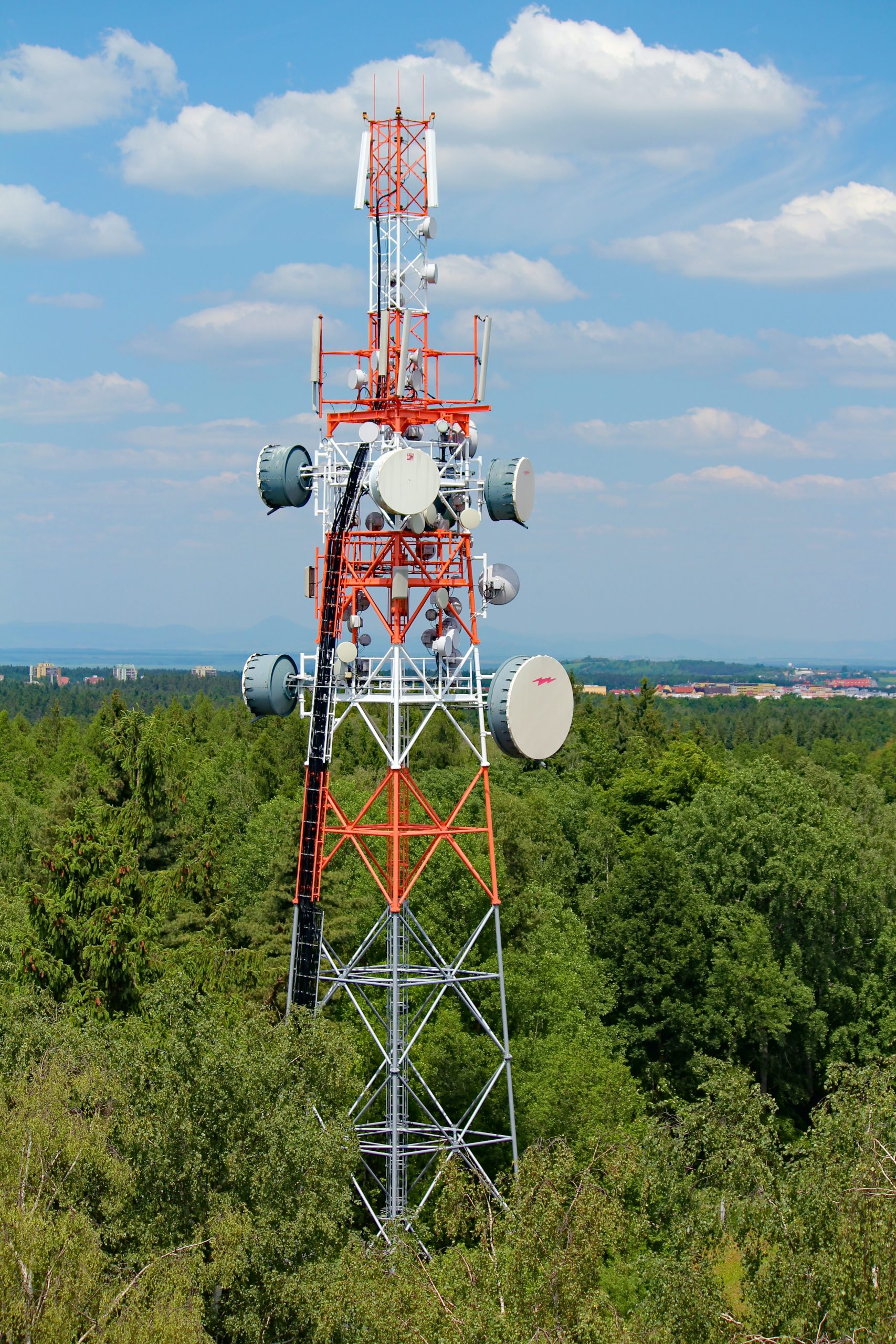
Vo5G will also provide enhanced support for real-time communications, including the integration of Rich Communication Services (RCS). Real-time functionality will include unprecedented interactive capabilities such as real-time language translations. Many of the more advanced Vo5G market functions will only work in a 5GNR environment with the support of a 5G core infrastructure.
Vo5G is expected to become increasingly useful for enterprise and consumer segments, coinciding with the growth of next-generation applications, especially those involving immersive technologies such as augmented, virtual and mixed reality. Anytime, anywhere presence, holographic communications, and robotics are some of the key areas of Vo5G market solutions that will specifically benefit from VoNR.
The launch process is very similar to the VoLTE standard, at least for now. As mentioned, it is already being tested in the US. Last summer, T-Mobile was the first to include Vo5G in its services, but only in the cities of Portland and Salt Lake City. After one year, VoNR is present in the cities of New York, Louisiana, Cincinnati, Portland, Salt Lake City and Seattle. By the end of this year, VoNR is expected to be in the hands of more than 100 million users.
The rest of the US operators are just testing the new technology for now, and most will wait until it is at the same level of reliability and compatibility as VoLTE, so we don't expect any major changes this year at least.
But there is another limitation – compatible phones. At the moment, Vo5G is supported only on Samsung Galaxy S21/S22/S23 and Google Pixel 7 phones. Before the technology arrives in Slovenia, this number will undoubtedly grow.
Already have a 5G phone? Have you noticed the difference in calling with VoLTE? Maybe you had a chance to test VoWiFi?



